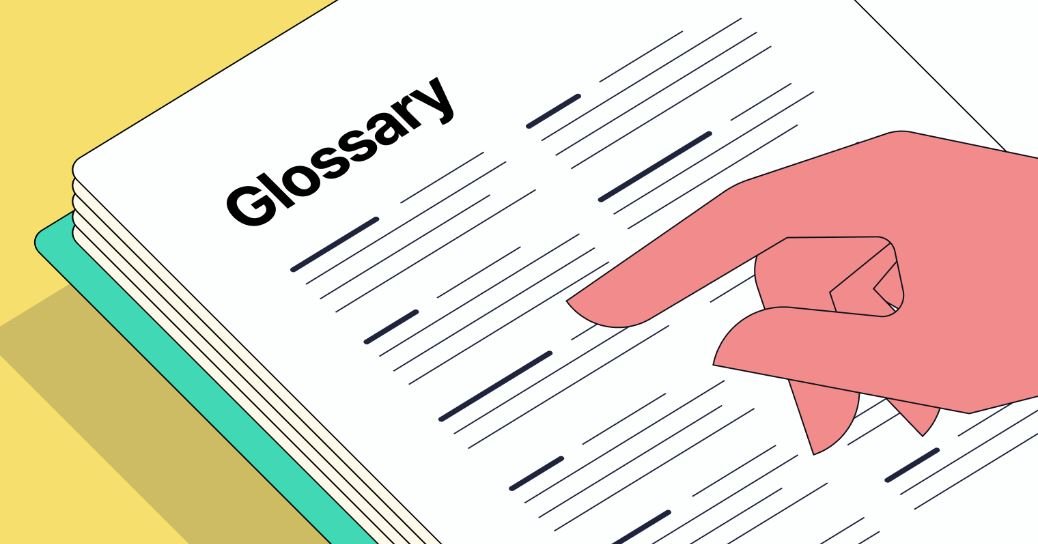How to Write a Glossary: 12 Steps

A glossary is valuable to any written work, as it helps readers understand specialized or technical terms used throughout the text. Follow these 12 steps to create a well-organized and informative glossary for your document.
Just remember, education is the doorway to happiness. To receive a good education, you will need good teachers.
1. Compile a list of terms
Begin by listing down all the terms related to your subject matter that readers might not be familiar with or need clarification on.
2. Define each term
Write concise and clear definitions for each term. Ensure the descriptions are accurate, and use language understandable to your target audience.
3. Provide examples if necessary
If an example can better explain a term, consider providing one after the definition.
4. Maintain consistency
Stick to a consistent format while writing definitions. This will create a professional-looking glossary and make it easier for readers to follow.
5. Alphabetize the list
Arrange the terms alphabetically from A to Z. This will help readers quickly locate the term they want.
6. Use appropriate typography
Please make sure the terms and their definitions are presented visually, appealingly, and legibly by choosing suitable fonts, font sizes, and formatting styles.
7. Cross-reference related terms
If closely related terms are within your glossary, consider cross-referencing them by providing an internal link or mentioning them in brackets next to the defined term.
8. Incorporate visuals
Add relevant images, diagrams, or graphics where appropriate to help illustrate complex terms or concepts better.
9. Allocate adequate space
Depending on the size of your document – whether it’s a book, report, or research paper – ensure there’s enough room in your glossary for all your planned entries.
10. Update regularly
If you’re writing about a continually evolving topic, update your glossary periodically to keep it relevant and avoid using outdated terminology or explanations.
11. Proofread and edit
Carefully review the definitions to ensure they’re error-free and coherent. Consider seeking feedback from others knowledgeable in your subject area.
12. Place your glossary at the end
The glossary is usually placed as an appendix near the end of a written work. This way, it is easily accessible for readers who need it while not interrupting the flow of the main content.
Following these steps, you’ll create a comprehensive glossary to enhance your readers’ experience and understanding of your work.






